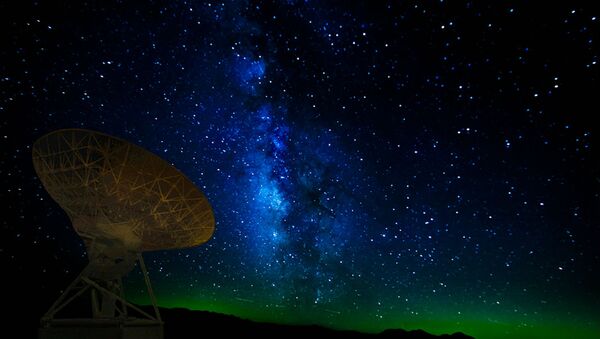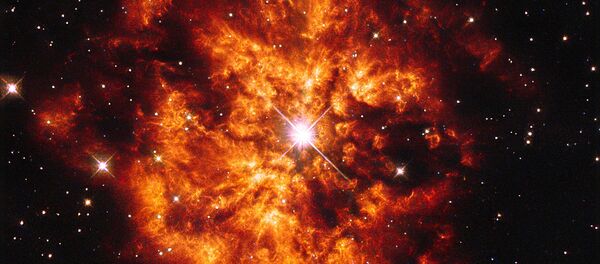The discovered FRB is the explosion of radio waves that come from an outer galaxy some six-billion light-years away and last a few milliseconds in the sky.
Previously, when astronomers knew less about FRBs, some of them argued that these radio waves were signals sent by alien civilizations from far-away galaxies. But as more discoveries have been made, astronomers are now sure that FRBs are stellar events, rather than alien signals.
The FRB was identified thanks to the 64-meter Parkes Radio Telescope located in Australia. The discovery itself was made at the Italian National Institute for Astrophysics (INAF) by a group of international scientists.
"In a matter of hours, it has been issued an international alert and various telescopes around the world were involved in the search for the ‘result' of that signal," said Evan Keane, one of the authors of the paper describing the discovery, as cited by the Astronomy Now science magazine.
Although the astronomical discovery is only a fraction of what we know about the universe, the new FRB that comes from very far away opens a new era in observational cosmology, in which FRBs could play an important role, said Andrea Possenti, one of the scientists involved in the project.
Currently, astronomers say that the universe is made of 70 percent dark energy, 25 percent dark matter and only 5 percent of so-called "ordinary" matter, which makes up everything that we can see. As of now, astronomers have only discovered about the half of the "ordinary" matter, while the rest is referred as "missing," Astronomy Now said.
Well, if the half of "ordinary" matter is still "missing" then we can't be 100 percent sure that aliens don't exist somewhere in a far-away galaxy, right?


